The Battle of the P67 Boards - ASUS vs. Gigabyte at $190
by Ian Cutress on January 20, 2011 4:15 PM EST- Posted in
- Motherboards
- Gigabyte
- Asus
- P67
Board Features
| Gigabyte P67A-UD4 | |
| Market Segment | Performance |
| CPU Interface | LGA 1155 |
| CPU Support | i3/i5/i7 Sandy Bridge |
| Chipset | P67 |
| Base Clock Frequency | 80 MHz to 200 MHz in 0.1 MHz increments |
| DDR3 Memory Speed | 1333 MHz by default, 800-2133 MHz supported |
| Core Voltage | Auto, 0.750V to 1.700V in 0.005V intervals |
| CPU Clock Multiplier | Dependant on CPU |
| DRAM Voltage | Auto, 0.90V to 2.60V in 0.020V intervals |
| DRAM Command Rate | Auto, 1N to 3N |
| Memory Slots |
Four 240-pin DDR3 DIMM slots in dual-channel Regular unbuffered DD3 memory Up to 32GB total supported |
| Expansion Slots |
2 x PCI Express 2.0 x16 slots (PCIe 1 operates at x16 in single mode, PCIe 2 operates at x8 in single mode, or x8/x8 in dual) 3 x PCI Express 2.0 x1 slots 2 x PCI slots Supports ATI Crossfire Supports NVIDIA SLI |
| Onboard SATA/RAID |
a) 2 x SATA 6.0 Gb/s ports (white) supporting RAID 0, 1, 5 and 10 b) 4 x SATA 3.0 Gb/s ports (black) supporting RAID 0, 1, 5 and 10 c) 2 x eSATA 3.0 Gb/s ports from Marvell 88SE9128, RAID 0, 1 a) + b) are capable of cross channel RAID 0, 1, 5, 10 |
| Onboard |
4 x SATA 3 Gb/s w/ RAID 2 x SATA 6 Gb/s w/ RAID 2 x eSATA 6 Gb/s w/ RAID 1 x Front panel audio header 1 x S/PDIF Out header 3 x USB 2.0/1.1 headers 1 x USB 3.0/2.0 header via Renesas (NEC) D720200 chip 1 x Serial port header 1 x Clearing CMOS jumper |
| Onboard LAN | Gigabit Ethernet via Realtek RTL8111E |
| Onboard Audio | 7.1 channel Realtek ALC892 codec |
| Power Connectors |
24-pin EATX Power connector 8-pin EATX 12V Power connector |
| Fan Headers |
1 x CPU fan header 2 x System fan headers 1 x Power fan header |
| I/O Panel |
1 x PS/2 keyboard/mouse port 1 x Coaxial S/PDIF Out connector 1 x Optical S/PDIF Out connector 8 x USB 2.0/1.1 ports 2 x USB 3.0/2.0 ports via Renesas (NEC) D720200 chip 2 x eSATA 6Gb/s ports 1 x RJ-45 port 8-channel Audio I/O ports |
| BIOS Revision | F7 Beta |
In the Box
- I/O shield
- SLI 3-slot bridge
- 4 x right-angled SATA connectors
Compared to the ASUS P8P67 Pro, both boxes do not come with much in the way of extra peripherals. Here we get an SLI 3-slot bridge (compared to the 2-slot on the ASUS) but lose the USB 3.0 rear bracket, meaning that one will have to be obtained in order to use the USB 3.0 header on the Gigabyte board.
Software
Smart 6
Smart 6 tries to encapsulate a good portion of the myriad of software available in easy-to-use quick buttons, and is essentially identical to the X58 and P55 iterations of the software. The QuickBoot portion attempts to speed up boot times by bypassing the lengthy BIOS post, assuming there has been no physical hardware change. QuickBoost is a single screen overclocking utility, similar to the EasyTune6 front page. Recovery2 helps roll back the system to a previous set of settings without predefinition of a backup time flag, and also the TimeLock, which is almost superfluous given Windows7 has Parental Controls.
The idea behind TimeLock is similar to that on the Xbox360 parental controls – specify a certain number of hours per day (in this case, two different values for weekdays and weekends) for which the computer can be in use.
@BIOS
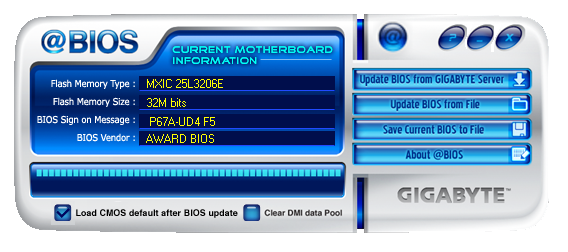
@BIOS is the staple Gigabyte BIOS update utility, and has been for a few iterations now. Users should note that to flash the latest BIOS files, the version of @BIOS on the CD is insufficient, and @BIOS 2.1 is required. 2.1 can be downloaded from the Gigabyte website.
Dynamic Energy Saver 2
Another program that Gigabyte has been using on various chipsets is the Dynamic Energy Saver 2. As you can see from the picture, various power saving features can be enabled or disabled through user settings, or you can let the software determine the best course of action.
EasyTune6
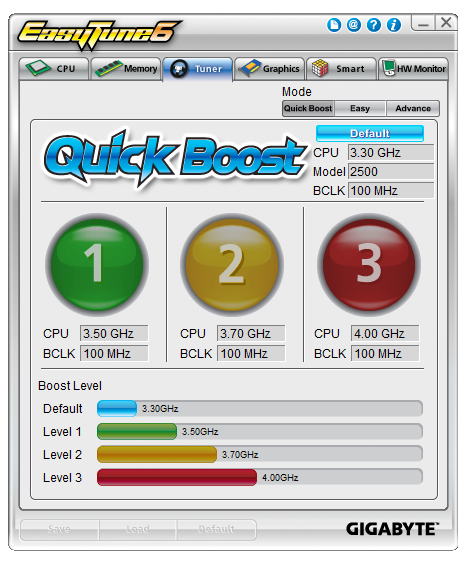
The OS overclocking tools are predominantly housed in EasyTune6. The front screen has those easy to use OC buttons, but only having three up to 4 GHz is somewhat limiting on the Sandy Bridge platform, given that most processors will happily do 4.4 GHz plus. There is no system of auto-overclocking detection similar to the ASUS boards.

Despite the software having an option for ‘real time ratio change’, of which there is an option in the BIOS to enable/disable, I could not get this to work. Upon setting a new multiplier, I was asked to reboot to apply it.
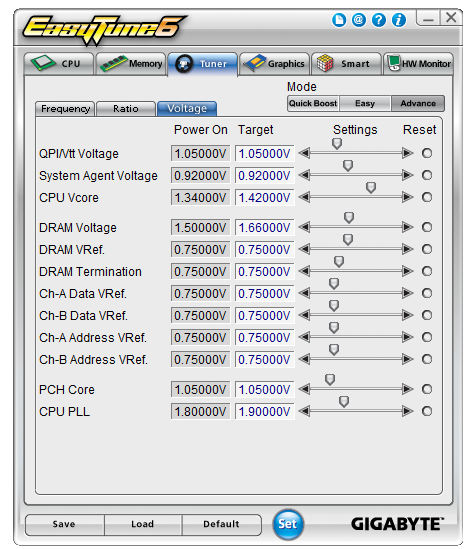
As always with EasyTune6, going to advance mode allows voltage manipulation. While it is nice to have such a wide variety of options, given that for Sandy Bridge all you really need is CPU VCore, DRAM and CPU PLL, it would have been easy just to include those in the ‘easy’ mode.

Fan control is basic in EasyTune6. Even in advanced mode, as shown above, you can choose where to put the initial and final ramp positions in terms of temperature against max RPM, but there is no option to define further points on the curve, or no determination of separate fans, so all chassis fans will be controlled by this one profile.



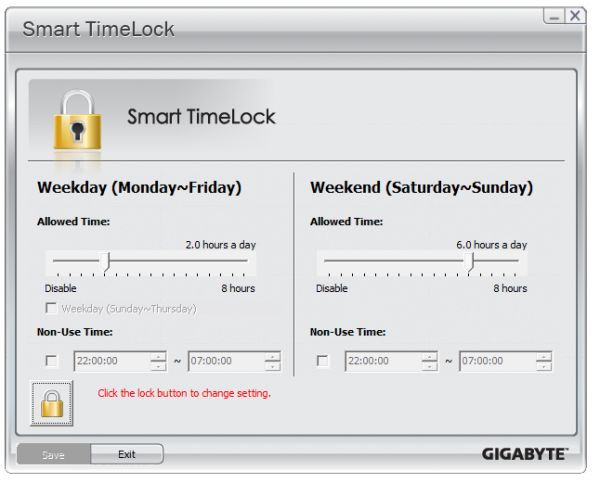
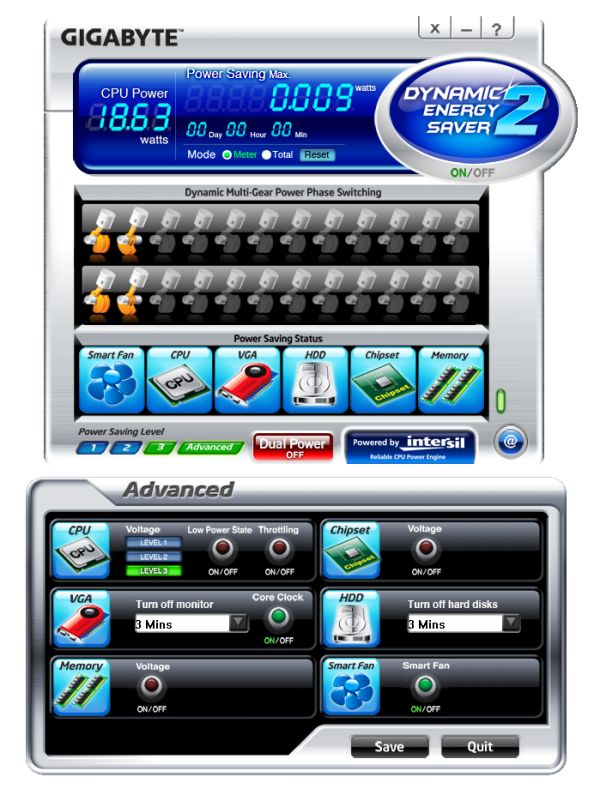








137 Comments
View All Comments
IanCutress - Thursday, January 20, 2011 - link
Edited; simple copy/paste error. Glad you liked the review, we should have some H67 on the way next.Ian
Shadowmaster625 - Thursday, January 20, 2011 - link
May as well go down to detroit and buy a big fat rock. I would like to see you guys put together two $600 systems. One based on these outrageous $200 motherboards and a $200 cpu, and $200 for everything else. And put that up against a $70 motherboard and $200 cpu and put the extra $130 into a video card. Who in their right mind would choose this new crap? Dont even talk about encoding because encoding is something you start and then walk away. You dont need to be there to watch it encode so it dont matter how long it takes. (For 95% of users. Dont play these 5 percent mindgames.)vol7ron - Thursday, January 20, 2011 - link
I never walk away from my boxmarc1000 - Friday, January 21, 2011 - link
this is off-topic, but i think you should walk away from your box a little more. =DHrel - Thursday, January 20, 2011 - link
I agree anything over 150 for a motherboard is stupid. But these new Sandy Bridge CPU's are great! It's called progress, and when you do a lot of encoding speed does matter even if you do walk away and/or use another computer in the mean time. Not to mention how intensive encoding full 1080p content is, what about 3D and in the future 4K HD and 8K HD. It's called progress and it's a good thing!Shadowmaster625 - Monday, January 24, 2011 - link
If you do a LOT of encoding, then you will have 2, 3, or 4 machines stacked up next to each other. And those machines would have Athlon X4's and cost $200 apiece to build. Only a fool spends $200, $300, or more, on a cpu just to encode something a little bit faster. You can get much better overall throughput using cheap AMD processors from the last generation. That fact holds true whether you encode one hour a week of video, or 1000. Intel is simply hoping that people are dumber than they may or may not really be.Fatchap - Friday, January 21, 2011 - link
I used to type the command to load up a game or an application, press play on the tape player and walk away. I guess you still do the same as you would not want any of this new crap.Shadowmaster625 - Monday, January 24, 2011 - link
You are quite delusional and propagandized if you think comparing a 2600K to something like a Q6600 or X2-250 is like going from "tape players" whatever you might use now. If you want a proper comparison, try VHS vs SuperVHS. Remember that? Oh yes, you must go out and spend $300 on that shiny new super-vhs player. All your old tapes will still look the same. But that's ok because anything new you record will look pretty good. (Of course if you ever stopped and thought about it, back in the day things always looked pretty good when you first recorded them. It's not until you tried playing it back in a different vcr that it started looking bad.)When someone can build a $500 gaming system that runs faster than something with a previous generation cpu and motherboard for less money then I might begin to be interested. But when you have to go with half the stream processors just to pay for a bunch of new crap that doesnt even get you anything, it makes no sense. These chips are supposed to result in cheaper motherboards. More integration, lesss complexity, bla bla bla. Well I dont see it. I just see a money grab.
seamusmc - Friday, January 21, 2011 - link
Shadow, some of us are still a generation or two behind. We'll definitely see more then a 5 percent boost. Personally I've been waiting for this 'perfect storm' of price and performance for quite some time, though I may wait for the 22nm refresh.Sure if you have an X58 platform with a 950 it probably doesn't make sense to upgrade, certainly not for gaming. Though many of the folks that frequent this site are enthusiasts and just want to play with the new hardware regardless of cost.
seamusmc - Friday, January 21, 2011 - link
Shadow, just realized the 5 percent gain you were talking about may have been between a $70 P67 board and $200 P67 board.I'd agree on that front. Though the more expensive boards do come with more features, USB hubs, and some better quality components.